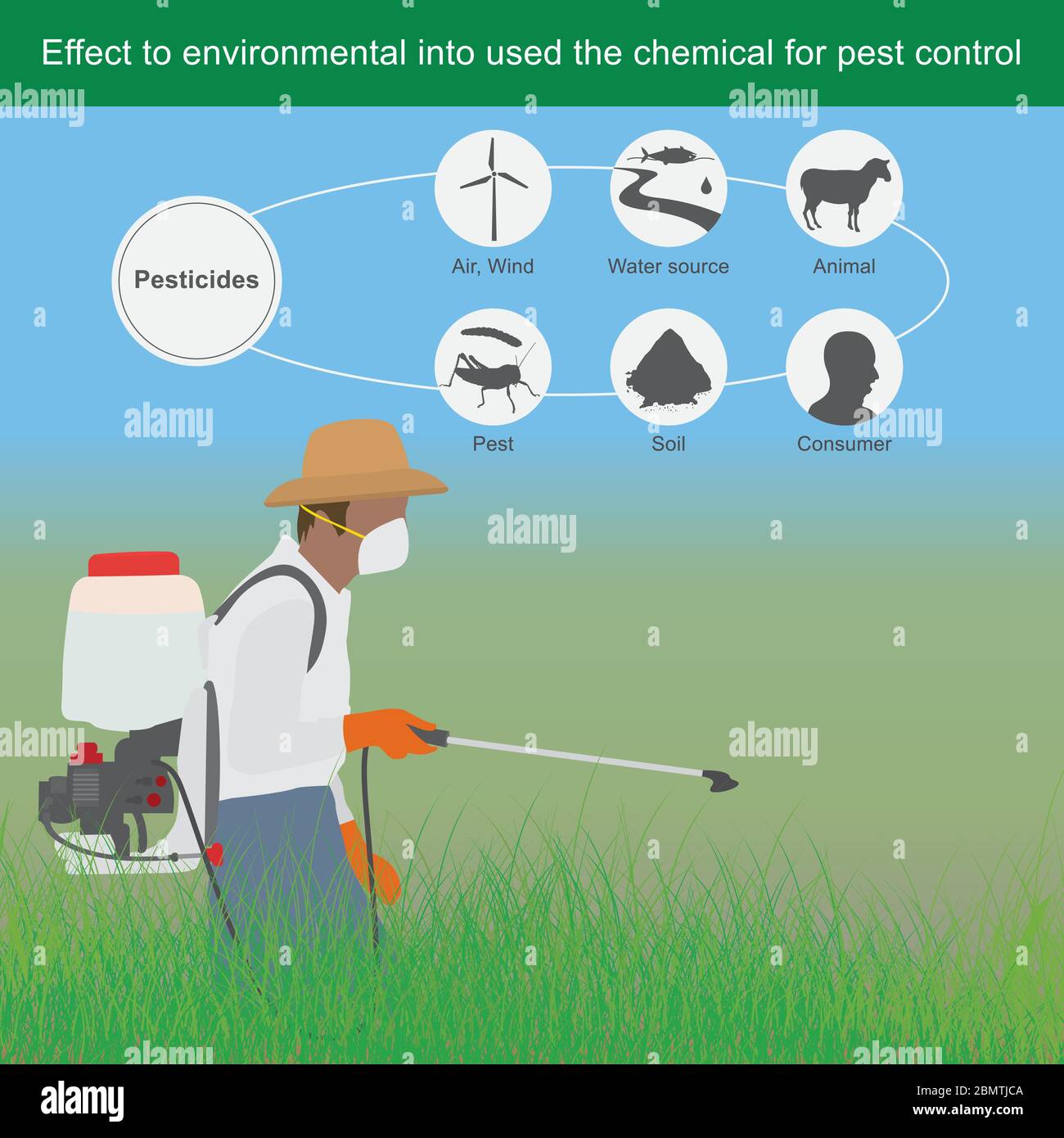Examine This Report about Eco Bed Bug Exterminators Dc
Table of ContentsWhat Does Eco Bed Bug Exterminators Dc Do?More About Eco Bed Bug Exterminators DcGetting The Eco Bed Bug Exterminators Dc To WorkThe smart Trick of Eco Bed Bug Exterminators Dc That Nobody is Discussing8 Simple Techniques For Eco Bed Bug Exterminators Dc
Since chemicals are harmful, they are additionally potentially dangerous to human beings, animals, other microorganisms, and the atmosphere. For that reason, individuals that utilize pesticides or routinely can be found in call with them must understand the loved one toxicity, potential health and wellness impacts, and preventative measures to reduce direct exposure to the products they make use of. Risk, or threat, of using chemicals is the capacity for injury, or the degree of threat associated with utilizing a chemical under an offered collection of problems.
Applicators can reduce or nearly get rid of direct exposure-- and therefore lower hazard-- by adhering to the tag guidelines, making use of individual protective apparel and devices (PPE), and dealing with the chemical effectively. More than 95 percent of all pesticide exposures come from facial direct exposure, primarily to the hands and lower arms. By using a set of unlined, chemical-resistant handwear covers, this kind of exposure can be virtually removed.
The harmful impacts that take place from a solitary direct exposure by any course of entrance are labelled "acute impacts." The 4 courses of exposure are dermal (skin), inhalation (lungs), oral (mouth), and the eyes. Intense poisoning is determined by taking a look at the dermal poisoning, breathing toxicity, and oral toxicity of test pets.
The 4-Minute Rule for Eco Bed Bug Exterminators Dc
Intense toxicity is gauged as the amount or concentration of a toxicant-- the a.i.-- required to eliminate 50 percent of the animals in an examination population. This procedure is typically revealed as the LD50 (dangerous dose 50) or the LC50 (lethal concentration 50). Additionally, the LD50 and LC50 values are based upon a solitary dosage and are tape-recorded in milligrams of chemical per kg of body weight (mg/kg) of the test animal or partly per million (ppm).
The reduced the LD50 or LC50 worth of a chemical item, the higher its toxicity to humans and animals. Pesticides with a high LD50 are the least toxic to human beings if used according to the directions on the item label. The chronic poisoning of a chemical is determined by subjecting guinea pig to lasting exposure to the active ingredient.
The chronic toxicity of a pesticide is more difficult than intense poisoning to identify through laboratory evaluation. Products are categorized on the basis of their loved one severe toxicity (their LD50 or LC50 values). Pesticides that are categorized as very toxic (Toxicity Group I) on the basis of either oral, facial, or breathing toxicity need to have the signal words threat and toxin printed in red with a skull and crossbones symbol plainly displayed on the front panel of the package tag.
The severe (single dosage) dental LD50 for chemical products in this group varies from a trace amount to 50 mg/kg. For instance, direct exposure of a few drops of a material taken orally can be deadly to a 150-pound person. Some chemical products have simply the signal word threat, which tells you nothing concerning the intense poisoning, simply that the product can create extreme eye damage or serious skin inflammation
Things about Eco Bed Bug Exterminators Dc
In this group, the intense oral LD50 arrays from 50 to 500 mg/kg. A teaspoon to an ounce of this product could be fatal to a 150-pound individual (bed bug heat treatment). Chemical products categorized as either somewhat toxic or reasonably harmless (Poisoning Groups III and IV) are needed to have the signal word CAUTION on the pesticide tag

What Does Eco Bed Bug Exterminators Dc Mean?
All pesticide toxicity values, worths the LD50, can be found on discovered product's Material Safety Product Security InformationMSDS). Pesticide tags and MSDS can be gotten from stores or makes. Additionally, a lot of products likewise know that can be discovered on the web. The symptoms of chemical poisoning can range from a light skin inflammation to coma and even fatality.
People additionally differ in their sensitivity to various levels of these chemicals. Some individuals might reveal no response to a direct exposure that may cause severe ailment in others (bed bug exterminator). Since of prospective health and wellness issues, chemical individuals and handlers need to recognize the common symptoms and signs of chemical poisoning. The effects, or symptoms, of pesticide poisoning can be extensively specified as either topical go to this web-site or systemic.
Things about Eco Bed Bug Exterminators Dc
Dermatitis, or inflammation of the skin, is approved as the most typically reported topical effect connected with chemical exposure. Some people often tend to cough, wheeze, or sneeze when revealed to pesticide sprays.
This sign generally subsides within a few mins after a person is eliminated from the exposure to the toxic irritant. Nevertheless, a response to a pesticide item that creates somebody not just to sneeze and cough however additionally to develop extreme intense breathing signs and symptoms is most likely to be a real hypersensitivity or allergy.
Systemic results are rather various from topical impacts. They often happen far from the original factor of contact as an outcome of the pesticide being absorbed right into and dispersed throughout the body. Systemic effects often consist of queasiness, throwing up, exhaustion, headache, and digestive tract problems. In sophisticated poisoning cases, the individual might experience adjustments in heart rate, difficulty breathing, convulsions, and coma, which can result in fatality.